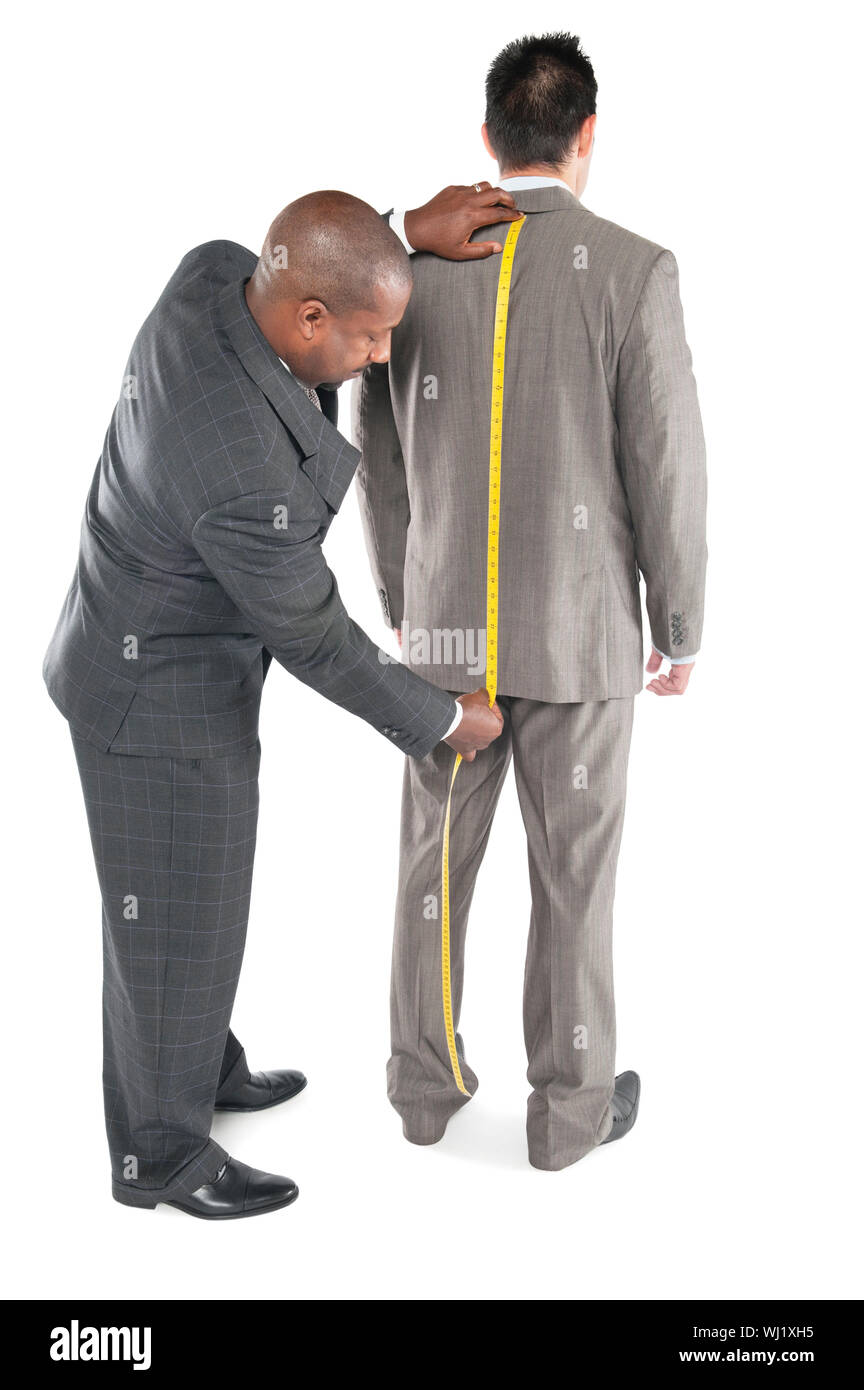Understanding the Tailoring Refine: From Material Option to Final Suitable for the Suitable Wardrobe
The tailoring process is an intricate interplay of art and science, beginning with the crucial choice of fabric selection and culminating in the accurate modifications of final fittings. Each material type brings special high qualities that affect not just the visual appeal but likewise the garment's longevity and viability for different events. Understanding the subtleties of customizing techniques can raise one's closet to unprecedented degrees of elegance. As we check out these aspects better, one must consider just how also the smallest details can significantly influence the total end result of one's personal style.
Importance of Textile Choice
Selecting the right textile is vital in the customizing process, as it straight affects the comfort, longevity, and overall visual of the final garment (tailor perth). The selection of material establishes the foundation for the garment's style, functionality, and efficiency. Various textiles have one-of-a-kind residential or commercial properties, such as weight, breathability, and stretch, which can dramatically impact exactly how the garment drapes and fits the body
Moreover, textile option affects the garment's durability and simplicity of treatment. High-quality textiles can hold up against deterioration, maintaining their appearance and framework with time, while lower-quality products might bring about pilling or fading. In addition, the best material adds to the garment's ability to change across events and seasons, therefore improving adaptability.
A customized piece made from an appropriate material not just showcases craftsmanship however also boosts the wearer's confidence. Recognizing the nuances of material choice is vital for any type of customizing endeavor. It guarantees that the final item not just meets the aesthetic wishes of the client however additionally straightens with practical requirements, thus accomplishing a harmonious equilibrium in between form and feature in the customized closet.
Kinds Of Fabrics and Their Usages
Comprehending the numerous kinds of fabrics readily available is crucial for making educated decisions throughout the tailoring procedure. Each textile has distinct qualities that determine its suitability for particular garments and celebrations.
Its convenience permits it to be customized right into every little thing from t shirts to dresses. Its all-natural flexibility assists garments keep form over time.
Silk exhibits deluxe and is light-weight, making it best for eveningwear and fragile blouses; nonetheless, it calls for cautious handling due to its delicacy. Bed linen, with its distinctive surface, is a preferred selection for warm climates, supplying a airy and crisp feeling, however it wrinkles conveniently, which may influence the garment's appearance.
Synthetic materials, such as polyester and nylon, deal toughness and resistance to wrinkles, making them suitable for everyday wear and active apparel. Understanding these fabric kinds and their buildings permits far better decision-making, making sure that each tailored item not just fits well yet additionally aligns with the desired function and occasion.
The Tailoring Techniques Discussed
The art of tailoring relies on a variety of strategies that transform fabric into well-fitted garments. Central to this process is pattern drafting, where a dressmaker creates themes based on the client's measurements and preferred style. This preliminary action guarantees that the garment will fit the wearer appropriately before any reducing takes place.
When patterns are established, reducing methods come right into play. Accuracy is critical as inaccuracies can bring about misfitting garments. Tailors commonly utilize numerous reducing methods, such as single-layer cutting for detailed designs and multiple-layer cutting for efficiency on common patterns.
Basting is an additional necessary technique, enabling dressmakers to temporarily stitch textile assemble for a preliminary installation. This method uses the possibility to analyze the drape and overall silhouette before last stitching.
Seaming techniques, including flat-felled joints and French joints, enhance the garment's toughness and aesthetic appeal. Tailors additionally utilize methods such as interfacing and padding to offer framework and form to details locations, like shoulders and collars.
Finally, completing methods, consisting of hemming and edge ending up, make sure the garment's longevity while providing a sleek appearance. With each other, these techniques create the foundation of reliable tailoring, resulting in exquisite, custom-fit clothing.
Fitting Modifications and Factors To Consider

Secret considerations include the shoulder fit, which ought to neither droop nor restrict activity, and the sleeve size, which ought to permit comfy arm activity while maintaining a refined look. Furthermore, modifications at the waistline can fine-tune the shape, with choices to allow out or take in textile as required.
The increase of trousers is another crucial variable; it ought to rest conveniently above the hips without triggering pain, enabling ease of activity. Hemming lengths for both trousers and skirts must mirror the wearer's favored design while appreciating percentages.

Keeping Your Tailored Garments
Appropriate upkeep of customized garments is essential to protecting their fit and appearance over time. To make sure longevity, normal cleansing is paramount. Always follow the care tag guidelines, which may advise completely dry cleansing for delicate materials or equipment washing for more sturdy products. Prevent frequent laundering, as this can put on down the fabric and change the garment's shape.
Storage space is equally crucial; use padded wall mounts for coats and coats to keep shoulder framework, and store pants folded nicely or hung to protect against creasing. Secure garments from straight sunshine, which can discolor colors and damage fibers.
Additionally, periodic inspections for minor repair services can stop larger problems. Look for loosened switches, fraying seams, or indications of moth damage, dealing with these troubles promptly to keep the garment's stability.
Finally, take into consideration seasonal turning. Using customized pieces in small amounts permits materials investigate this site to recover, prolonging their life expectancy. By implementing these upkeep methods, you can make certain that your tailored garments continue to be as beautiful as the day you initially wore them, boosting your optimal closet for many years my sources to come.
Final Thought
The tailoring process, including textile selection, proficient techniques, and accurate suitable adjustments, plays a critical duty in creating garments that boost both comfort and design. Understanding the value of maintenance expands the life of tailored garments, solidifying their value in a well-curated closet.
Choosing the best textile is vital in the customizing process, as it straight affects the comfort, resilience, and total visual of the last garment. The choice of fabric establishes the foundation for the garment's performance, capability, and design. Various textiles possess one-of-a-kind buildings, such as breathability, weight, and stretch, which can substantially influence just how the garment drapes and fits the body.
The art of customizing relies on a selection of techniques that transform fabric right into well-fitted garments.The customizing procedure, incorporating material choice, proficient methods, and exact fitting modifications, plays an essential role in creating garments that boost both convenience and style.